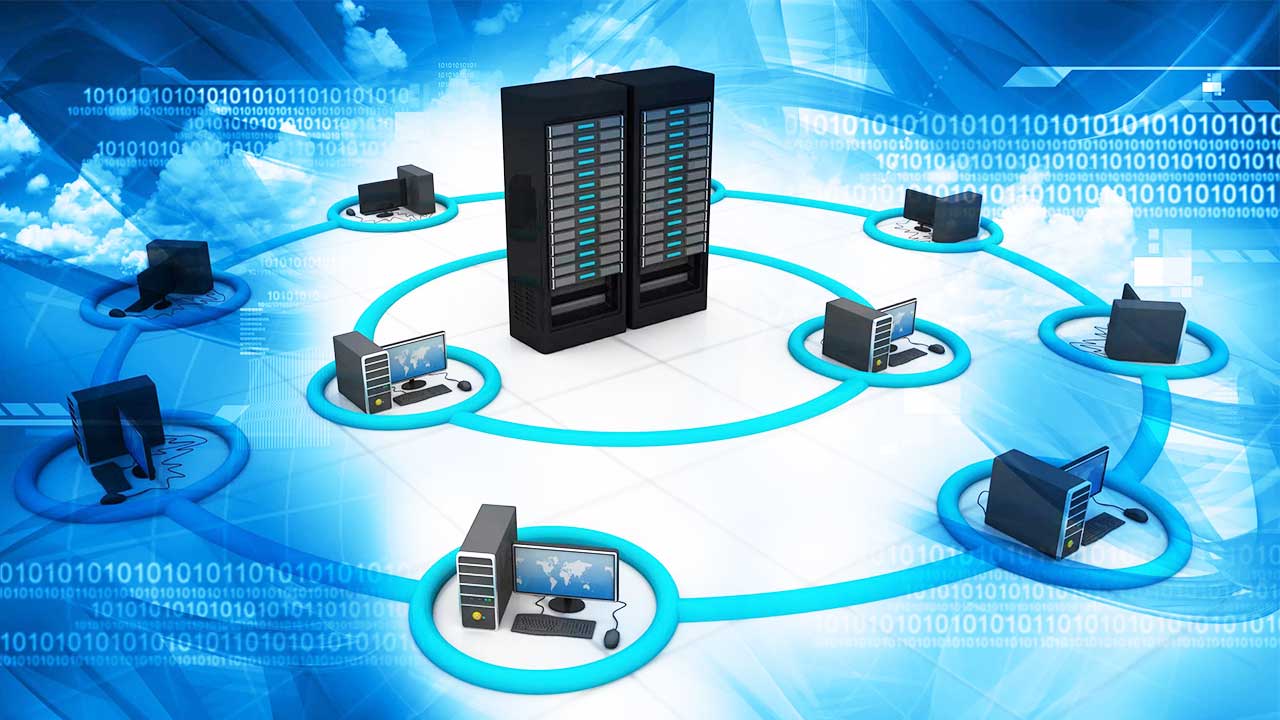
5 Best Practices in Network Planning
5 Best Practices in Network Planning
Network designing is your planning stage in building your IT infrastructure before it is implemented. Here, you should be involved in assessing and determining how all the elements of your network are linked together—from routers to switches to servers and to desktops, laptops, and printers—and how they can all be made to run altogether as efficiently as possible. Thus, a well-designed network can bring significant operational improvements. Network designing is a job that’s usually done by network designers, , and certified technicians and engineers.
The design should be taken from the network diagram to come up with a good physical implementation process. This serves as a guide for engineers who are tasked to install it. Your design should reflect a clear map of the network, the layout of the cabling, the quantity and location of all devices on the network, your IP addressing structure, and the details of your network security structure and processes.
To guarantee you have implemented the best network IT infrastructure design there is, here are five best practices to have an optimized network that scales with your business and helps your company do better.
1. Be involved in the actual design phase
When you’re starting to focus on your network planning and design, you might think it’s quite simple to link all your company devices together. That can be true but only if you have a handful of things to connect, but consider the added or removed devices from the network. This affects your network’s performance. Every time you make changes and test scalability, you get to see the importance of getting things right from the start. The most common mistake is to overlook the whole picture. You can’t simply make a mental note of your network. You need to have a physical plan and structural diagram, developed by some , so you can be confident in the future that you have the most efficient network that’s scalable to new deployments and equipment.
2. Visualize the current IT infrastructure and the possible added hardware and software in the future.
When you are able to visualize your present infrastructure and at the same time make an outline of possible new hardware and software, you can be assured that you won’t end up an inefficient Frankenstein’s monster of a network in the future. So when you’re thinking of introducing new software, spend time setting out how it is likely to affect the network. Another thing to consider is bandwidth growth. We are continuing to embrace new technology year after year, and that calls for higher bandwidth. Think of these future scenarios and plan ahead.
3. Integrate security in your design.
Network security is no longer considered an afterthought. It is something that’s be considered at the start of everything. On top of this, you have to ensure that the guidance and policies are clear enough to be implemented. Some network security design best practices consider paying attention to the edge of the network. This is where the users and devices converged, identified, authenticated, or stopped if needed.
4. Monitor your network.
As they used to say, you can’t fix what you don’t know is broken, and at times, what’s about to break. This goes true in any network as much as it does to anything else under the IT banner. Always observe correct network monitoring so you have a clear picture of what’s going on. This ensures that you can see a problem before it arises, or worse, already cause damage.
5. Understand that you’re never finished.
Now the last part is to understand and accept that you will never be finished. While the initial design process will get you up and running, the work of building a solid, efficient IT network that reinforces a business in achieving its goals is a continuing process. What you may have seen as a good solution when you did the first network design may be much less relevant further down the line. Although you shouldn’t be changing directions every time a new technology is introduced, your network should be designed in a way that it easily adapts to what you see as useful new tools and by then take advantage of its benefits sooner than expected. In this practice, you can be assured that your network is playing a competitive advantage on your end.
Recent Posts
- How Does GPON Improve Network Efficiency?
- What Are The Advantages Of GPON?
- What Are The Benefits Of IT Outsourcing?
- What's The Deal With Ransomware Attacks?
- Are GPON Providers Widely Available?
- What's GPON's Impact On Bandwidth?
- Why Is Multi-Factor Authentication Important?
- How To Ensure Data Privacy Compliance?
 Blogs
Blogs Infographics
Infographics Videos
Videos Podcasts
Podcasts Case Studies
Case Studies Call For Quote
Call For Quote